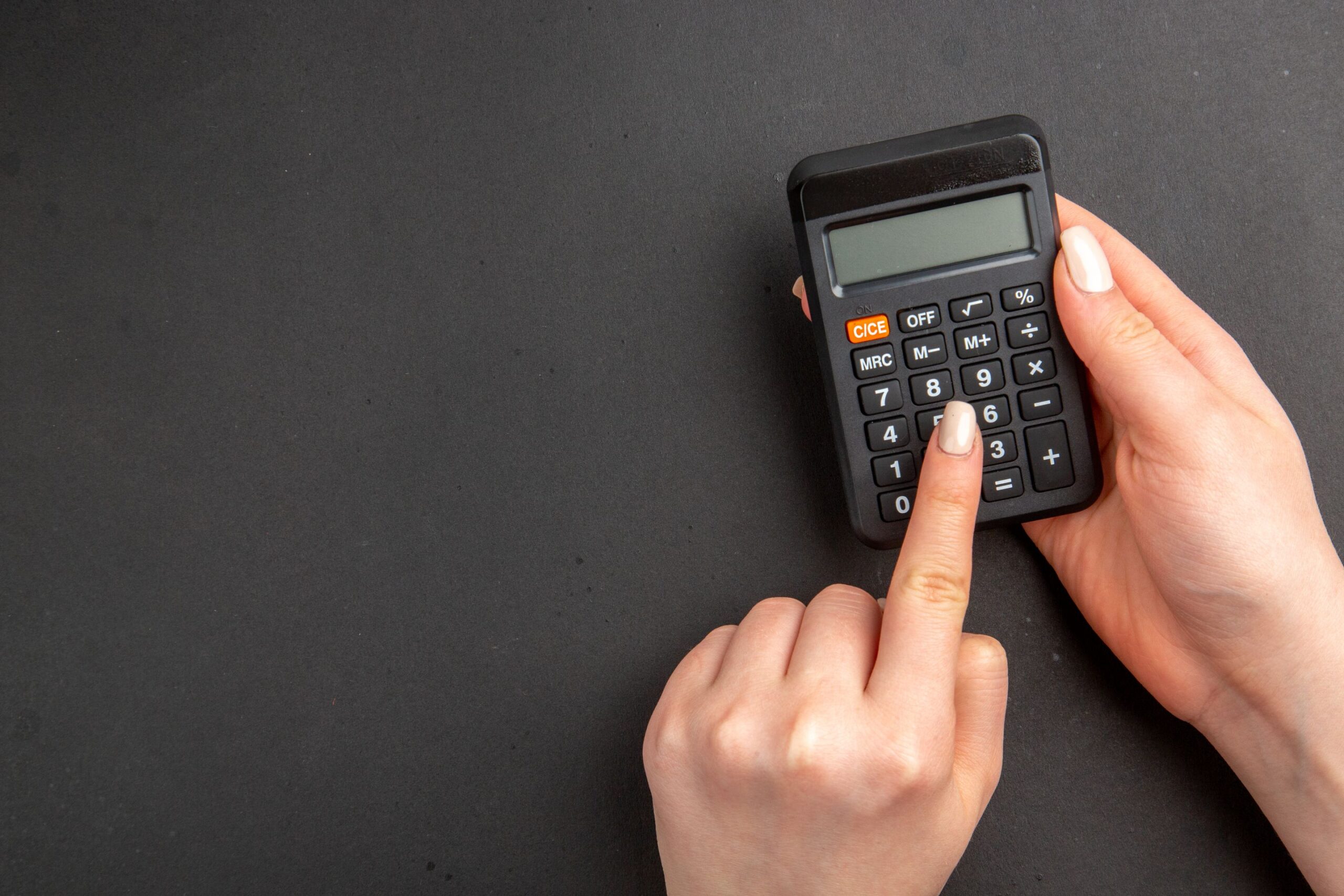How to Choose the Best Industrial Sensors: The Ultimate Buyer’s Guide
An optoelectrical, electronic, or electrical device made up of sensitive materials or specialized electronics that is used to determine the existence of a certain entity or function. There are many different industrial sensors available, including those for detecting physical presences such as flames, leaks, metals, levels, gas and chemicals, etc. Only a few sensors can detect physical qualities like temperature, radiation, or pressure, while others can detect proximity or motion. They may function in several ways, depending on the application, and may involve electromagnetic fields or optics, among other things.
Industrial Sensors: What Are They and How Do They Work?
Industrial sensors are grouped into numerous varieties based on the applications, material used in the sensor, input signal, conversion mechanism, manufacturing methods, or sensor attributes such as accuracy, cost, or range. Several of them are
- Sensors that detect proximity
- Sensors for vision
- Sensors that use ultrasonic waves
Selecting the Appropriate Proximity Sensors
Proximity sensors, often known as detectors, are electrical devices that employ non-contact methods to detect the presence of adjacent objects. As a result, they’re employed in various fields, including robotics, manufacturing, semiconductors, etc.
Proximity sensors come in many different types.
The proximity sensor may be classified into two types based on its functioning principles.
A sensor that detects proximity inductively.
An inductive proximity sensor’s sensor head is an inductive coil with a ferrite core. As a result, it can only identify metals. Machines for the textile sector, assembly lines, machine tools, and automobile industries employ inductive sensors. They’re excellent for identifying metal components in hostile conditions and for checking parts that move fast.
Proximity sensor with capacitance
A circular plate electrode serves as the sensor head in a capacitive proximity sensor, while another polar plate serves as the object itself. Not only can this industrial sensor identify metals, but it can also detect nonmetallic items and liquids. With the help of a glass or plastic wall, capacitive sensors are used to measure the fill level in packaging lines as well as packaging installations.
Sensor for magnetic induction
It’s also known as a “Hall proximity sensor” since its working concept is similar to that of the Hall effect, i.e. when magnetic objects approach the Hall switch, a signal is emitted. It’s also utilized to determine if the cylinder has been retracted or pushed to a certain position.
A unique proximity sensor is used.
When detecting in a small area or a tough working environment with a high accuracy need, such as humidity, high temperature, significant disturbance, or explosive environment, we must use a fibre optic proximity sensor or a pneumatic proximity sensor. These sensors, however, are rather costly.
When purchasing a proximity sensor, what should you consider?
Before deciding on a proximity sensor, there are a few things to consider.
Object of detection
When detecting metals, the inductive proximity sensor should be prioritized. In contrast, the capacitive proximity sensor should be prioritized when detecting nonmetallic materials, and when detecting magnetic signals, the magnetic induction proximity sensor should be prioritized.
Dimension
The dimension should be chosen based on the actual application occasions and scenarios. The cylindrical thread form of the proximity sensor, such as the M12 type, is the most widely utilized dimension.
Range of Detection
The detection range should be chosen based on requirements, although the detection distance of a proximity sensor is not constant. It has to do with the test items’ substance, size, and movement directions.
Whether protected or not
The unshielded proximity sensor has the longest action distance (concerning diameter). To prevent the effect of the metal around the proximity sensor, the sensor head must be maintained at a certain distance from it. Because of the inside specific shielding effect, the shielded proximity sensor may be flush-fitted within the metal.
Signal Output
The AC proximity sensor sends out an AC signal, while the DC proximity sensor sends out a DC signal. PNP output and NPN output may be separated from the DC output signal. A smaller output current must be used than the signal output current of the proximity sensor.
Selecting the Correct Vision Sensors
Sensors and detectors that detect objects and colours in their field of view are known as sensors/detectors for vision and imaging. They then transform this data into a visual representation.
These items include a video camera, display, interface, and computer processor and automate industrial processes and decisions. Vision sensors are sometimes known as vision systems or machine vision sensors. These are often used for product quality measurement, and pass/fail determinations and other observable features. When a camera includes an integrated CPU, it is referred to as a smart camera.
Vision sensors are classified into many categories.
The vision sensors are available in two varieties and may be tuned for a variety of applications.
Type of orthographic projection
The orthographic projection-type field of view is rectangular in this sort of vision sensor. These sensors are perfect for short-range or laser range finders that use infrared sensors.
Type of projection: perspective
The perspective projection-type field of view is trapezoidal in this sort of vision sensor. They’re ideal for sensor types used in cameras.
When choosing a visual sensor, what are the factors to consider?
The criteria for automated inspections, as well as the technology that supports them, are continually changing. When choosing a visual sensor, it is important to consider lighting, development environment, and modularity.
Integrated lighting
Few circumstances, such as production settings and space limits, might make achieving optimal lighting conditions difficult. Vision sensors depend on the uniform, diffuse illumination to fixture components and perform rigorous checks using contrast, brightness, and pixel count tools; therefore, such situations might be difficult. In most cases, vision sensors come with built-in illumination and may be linked to extra external lighting if necessary. They are saving money on mounting fittings and external lights by choosing a vision sensor with built-in lighting.
An environment with a Standardized Setup
A vision sensor should be simple to set up, configure, and install for even the most inexperienced user. Aside from present inspection requirements, more powerful and flexible vision systems may be required for future applications. Fast processing and a dependable communication connection to other industrial automation devices are required.
Design that is adaptable and modular
Putting a vision sensor in the exact spot might be challenging to get picture quality, ideal FOV, and part illumination. Vision sensors with compact form factors that fit into any area and can be set for in-line and right-angle mounting installation can swiftly complete inspections and run-time. The modular designs simplify optical routes and cable routing, allowing customers to swap optics, lenses, and lights in the field for rapid line changes or application changes. Autofocus lenses eliminate the need to refocus or alter the mounting height manually.
Selecting the Most Appropriate Ultrasonic Sensors
An ultrasonic sensor uses ultrasonic sound waves to determine the distance between a target item and the sensor. The electrical signal is then generated from the reflected sound. Ultrasonic sensors are generally utilized as proximity detectors. Anti-collision safety systems, vehicle self-parking technology, robotic obstacle detecting systems, and manufacturing technologies all use them.
Ultrasonic sensors are also utilized as level sensors in closed containers to detect, control, and monitor liquid levels. These have allowed the medical sector to detect malignancies, create pictures of inside organs, and monitor the health of newborns in the womb.
Ultrasonic sensors come in a variety of shapes and sizes.
Ultrasonic sensors are now available in four basic varieties.
Sensors for Ultrasonic Proximity
A unique kind of sonic transducer is employed for the receiving and alternate transmission of a sound wave. The sonic transducer emits sonic waves, which are reflected by an object, and the sensor then switches to reception mode following this emission. The entire time between producing and receiving a sound wave and the distance of an item from the sensor is inversely proportional. The digital output is only possible or detected inside the detecting region. The potentiometer on the sensor may be used to alter the sensing range.
2 Point Proximity Ultrasonic Switches
The ultrasonic 2 point proximity switches have two switching points. As a result, it’s known as 2-point proximity switches. Except for the 2-touch setup key, it’s almost identical to the regular sensor. Tech-in is the name of this function.
Retro-reflective Ultrasonic Sensors
It works in the same way as an ultrasonic proximity sensor. The only difference is the distance between the sensors and the reflector, quantified by the propagation time. The reflector could be employed as the fixed object in this Ultrasonic Retro-reflective Sensor. The detecting distance could be varied by modifying the potentiometer resistance inside the ultrasonic sensor.
When selecting an ultrasonic sensor, what factors should you consider?
Mode
Verifying the ultrasonic sensor’s mode is the first and most important step. When employing the ultrasonic sensor, there are many modes to choose from. Detection may be feasible depending on the ultrasonic sensor’s mode of operation. A high-quality ultrasonic sensor should operate in an echo-detection mode.
Ultrasonic sensor house
The location of the ultrasonic sensors is the second thing to consider. The sensor’s housing is critical in ensuring that the sensor can be mounted quickly and easily. There are many kinds of sensors. It would help if you, therefore, chose ultrasonic sensors with caution because of this. There are a variety of sensors that may be mounted in various locations. It would help if you chose a sensor with the correct address.
Keep in mind that a decent ultrasonic sensor housing should have sturdy metal protection that withstands harsh circumstances. Furthermore, if you need to minimize the size of the sensor housing, a plastic home may be used. The sensor’s housing should be chemically robust and resistant to corrosion.
Type of Output
The output type of an ultrasonic sensor will aid you in your selection. Ultrasonic sensors with switch points and analogue endpoints are available. The ultrasonic sensor’s pushbuttons must work properly. As a result, if you’re searching for an ultrasonic sensor, you’ll need to do some preliminary research. A decent sensor should be able to supply you with related solutions that are suitable for your requirements.
Distance
The superior quality of a good sensor should be its ability to cover a significant quantity of distance. The distance should be able to span a 10 to 10,000mm range. When selecting a sensor, the ultrasonic sensor’s dead bands should be considered. This will aid in the selection of a suitable sensor for your requirements.
When choosing an ultrasonic sensor, the dead bands that ultrasonic sensors have should be considered. This will assist you in selecting a sensor that meets your needs.





